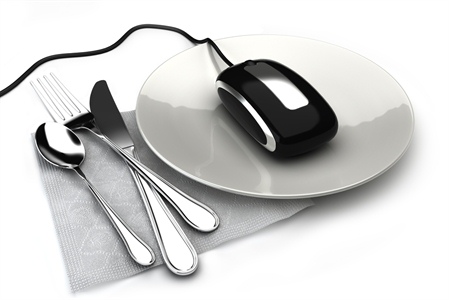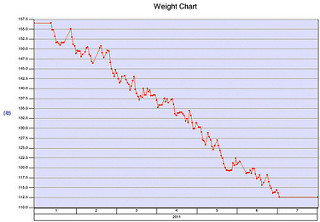12 Unhealthy Foods Nutritionists Eat
View as one page

Coffee
"Coffee has a reputation as being unhealthy, but in moderation and with the right add-ins, it's actually a superdrink," says Cynthia Sass, MPH, RD, Health's contributing nutrition editor. Your morning brew is packed with antioxidants, which may be why regular coffee consumption is linked to a lower risk of type 2 diabetes.
To drink it and reap the rewards (without jittery side effects), Sass suggests drinking one cup in the morning and then switching to water or green tea. Skip the sugary flavored creamers and add in organic skim or non-dairy milks like almond or coconut.
View as one page
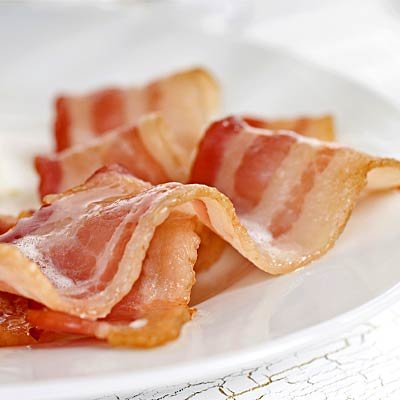
Bacon
If you love bacon, this will make you jump for joy: Rachel Begun, RD, a food and nutrition consultant in Boulder, Colo. eats bacon. "It's got such a salty, smoky flavor that you can use small amounts to jazz up veggies—in fact, a little bacon can make you love veggies more," she says.
The key here? Small amounts. Bacon can be loaded with salt and saturated fat, which is why you want to use it more like a garnish than a main event. Sprinkle crumbled bacon atop a side dish of Brussels sprouts or a veggie-filled salad.
View as one page
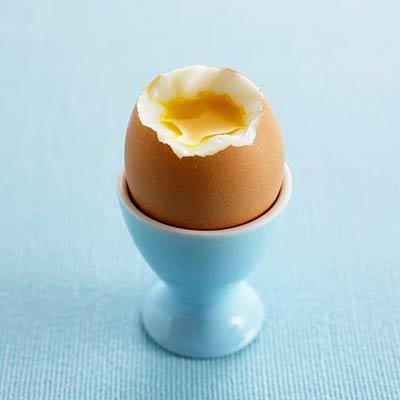
Eggs
The whole egg, yolk and all. "One egg contains just 70 calories with 6 grams of high-quality protein, and contrary to popular belief, most of the fat in the yolk is unsaturated," says Sass. Plus, eggs are a weight-loss food, she says. Dieters who ate eggs for breakfast lost 65% more weight than those who ate a bagel for breakfast that was equal in calories.
Sass suggests picking up organic eggs (the chickens are fed a healthier, all-vegetarian diet without hormones or antibiotics). Begun is an egg-eater, too: she prepares them several times per week in a veggie omelet or scrambled with sautéed leafy greens. Try these 10 egg recipes.
View as one page
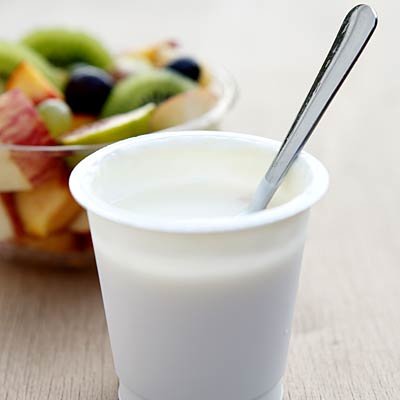
Whole-milk yogurt
Chances are you always pick the nonfat yogurt. Chicago-area registered dietitian Renee Clerkin, used to do that, too. However, today she enjoys full fat on a regular basis. In fact, the extra fat helps her keep her weight in check. For one, she enjoys the taste more, so she doesn't have to eat as much to feel satisfied. Research also suggests that normal-weight women who consume whole-milk dairy products are less likely to gain weight with age, according to a Swedish study.
If you go for whole-milk yogurt, watch your portions—a cup of full-fat plain yogurt is 160 calories, while a cup of fat-free is 110 calories. Whole milk also contains more saturated fat—5 grams per cup, or about a quarter of what the American Heart Association recommends in a day.
View as one page
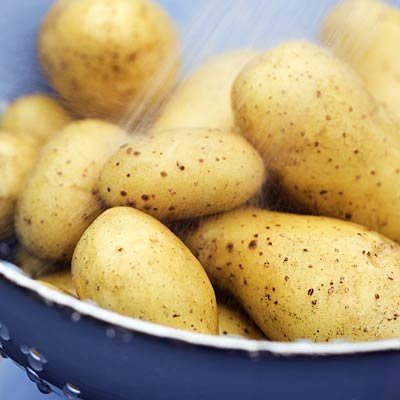
Potatoes
People tend to fear potatoes because of their reputation as a waist-widening starch. But Sass sees them in a different light. They provide important nutrients like energy-supplying B vitamins and iron, plus vitamin C, calcium, potassium, and fiber, and they are also a source of a fat-burning carb called resistant starch, she says. "Like fiber, resistant starch fills you up but it doesn't get digested and absorbed, and studies show it triggers your body to burn more fat," she says. (Related: 26 Reasons to Love Potatoes)
Sass chows down on potatoes (her favorites are red, blue, and fingerling) once a week. Activate that slimming resistant starch by eating them in a cold potato salad. Roast, then chill taters and toss with a mixture of Dijon mustard, lemon juice, and garlic.
View as one page
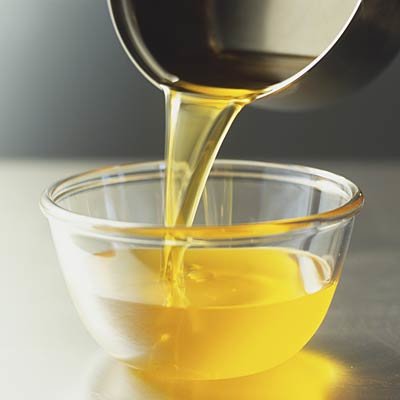
Ghee
If you've ever eaten at an Indian restaurant, you've had ghee, which is clarified butter. The good news: ghee tastes so intense that you need just a few drops to adds loads of flavor to any food. "It makes veggies more interesting," says Rachel Beller, RD, author of Eat to Lose, Eat to Win. Plus, one teaspoon has only 45 calories (a teaspoon of olive oil, for comparison, contains 40).
Beller combines a teaspoon of olive oil with a half-teaspoon of ghee and uses it to toss roasted or steamed veggies. You'll find ghee in the ethnic food section in grocery stores.
View as one page
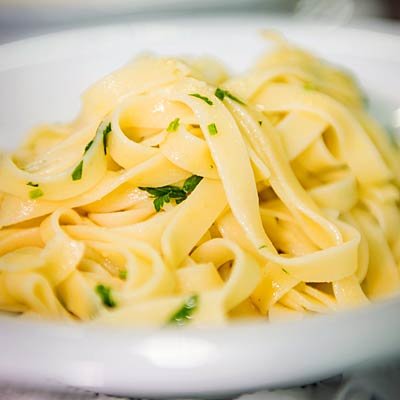
Pasta
"You can take foods that are meant to be enjoyed and make them nutritious," says Clerkin, who eats fresh pasta a couple times a week. (Find fresh pasta in the refrigerated section at grocery stores, or at a farmer's market.)
Balance out pasta with lean protein (like fish or chicken), healthy fats (like olive oil), and plenty of fiber-rich veggies, advises Clerkin. As a rule, Clerkin matches the quantity of pasta she eats with an equal amount of vegetables. Beller, another pasta lover, orders it with marinara sauce as a side to fish at a favorite Italian restaurant. "Ask for it to be cooked al dente," she advises. "The firmer pasta will help keep your blood sugar more stable."
View as one page
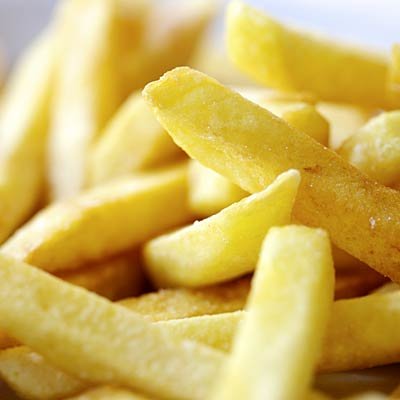
French fries
They're made from potatoes, but no one considers fries a vegetable. Still, Begun indulges in fries occasionally. Notice the word indulge? "These aren't a health food by any means, but can still be enjoyed in moderation and with the right accompaniments," she says. First rule: enjoy fries as a side to something lean and nutritious, like a salad with chicken or a bowl of steamed mussels. Second, watch portions, since restaurants serve up fries practically by the bucketful. Begun recommends eating half or sharing with a friend, and going light on the dipping sauce (especially if it's mayo-based). Finally, to get every single bit of salty enjoyment out of them, order fries where you know they're freshly prepared in-house.
View as one page
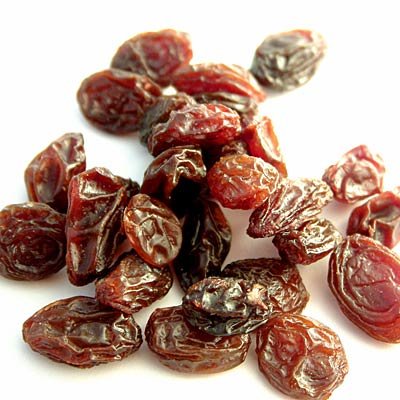
Raisins
Unlike many dried fruits, raisins aren't sugar bombs. Why? They're just dried grapes. Though most dried fruits contain added sugar or fruit juice, raisins usually do not. You need to mind portions, however. One raisin contains the same number of calories as one grape, but a raisin is much smaller. A cup of grapes shrinks down to a quarter-cup of raisins, making it easy to go overboard.
View as one page
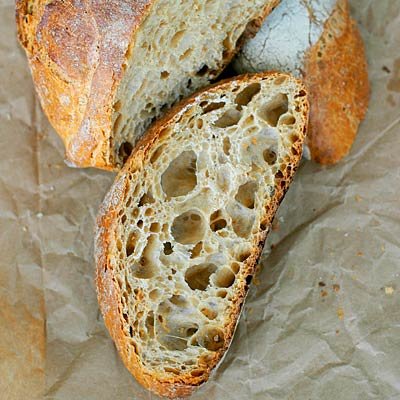
Sourdough bread
"It's healthier than whole wheat," says Beller. Shocking, we know, but here's why: sourdough is unique because it's made with a lactic acid starter that undergoes fermentation, which alters the bread's starches. "This helps prevent your blood sugar from spiking better than white or wheat bread," she says.
On a recent dinner out, a basket of homemade sourdough bread arrived at Beller's table. She didn't go to town on it (it's still bread, after all), but she took a half of a slice and enjoyed each bite.
View as one page
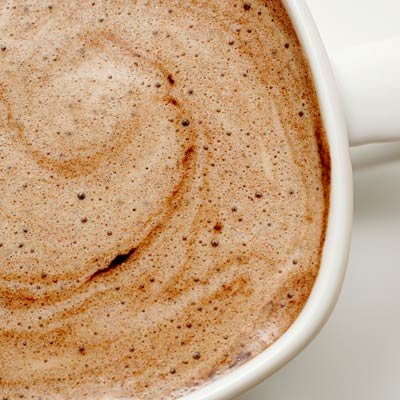
Hot chocolate
Yep, you've heard that chocolate is good for you, but many people still don't believe it, says Beller. "It's a health food that nutritionists prescribe," she says. It's brimming with disease-fighting polyphenols. You can find those same good-for-you nutrients in a cup of hot cocoa. Skip the pre-made hot cocoa packets, as these are packed with sugar. Beller makes hers with pure cocoa powder, a teaspoon of dark raw honey or pure maple syrup, and unsweetened almond or coconut milk.
View as one page

Doughnuts
Doughnuts, cakes, and cookies will never be good for you, but the occasional sweet treat won't wreck your diet and, perhaps more importantly, will prevent you from ever feeling deprived. "You can eat anything as long as you balance it out," says Clerkin. "I eat a really great doughnut two or three times a year." To splurge smartly, she has half a glazed doughnut with a green smoothie for a special breakfast.
-
The Healthy Truth: Fit and detox teas
Dear Friend, Ask anyone who knows me, and they will tell you I’
-
The Best Advice For Taking Off Those Extra Pounds
A healthy weight is important to a healthy body. This is not som
-
Let Your Light Shine! ~ 5 Tips for Cultivating Your Inner Light
“Raising your vibration is a choice. You are the master of yo
-
Stimulating the Bodys Production of Human Growth Hormone—Naturally
Copyright 2005 Mary DesaulniersWe all know the signs of aging---lo
-
Is Marijuana Good for You? The Answers May Surprise You
Now that recreational marijuana use is legal in some states, studies i
-
What Is The Cabbage Soup Diet?
Theres a very simple explanation for the cabbage soup diet – FRAUD.
- DON'T MISS
- Think It, Believe It and Lose It - Easily!
- Your Five Simple Measures To Dropping Pounds
- Weight Loss Clinic Virginia: Diet Remains Key In Weight Loss Battle
- What Is The DASH Diet?
- What You May Want To Know With Regards To How To Eliminate Arm Fat
- Running From The Fat Monster After Gastric Bypass
- Significance Of Weight Loss
- How does dalia aid in weight loss
- How Can EFT Help Me Lose Weight?
- How To Choose Best Weight Loss Clinic Center In Miam
